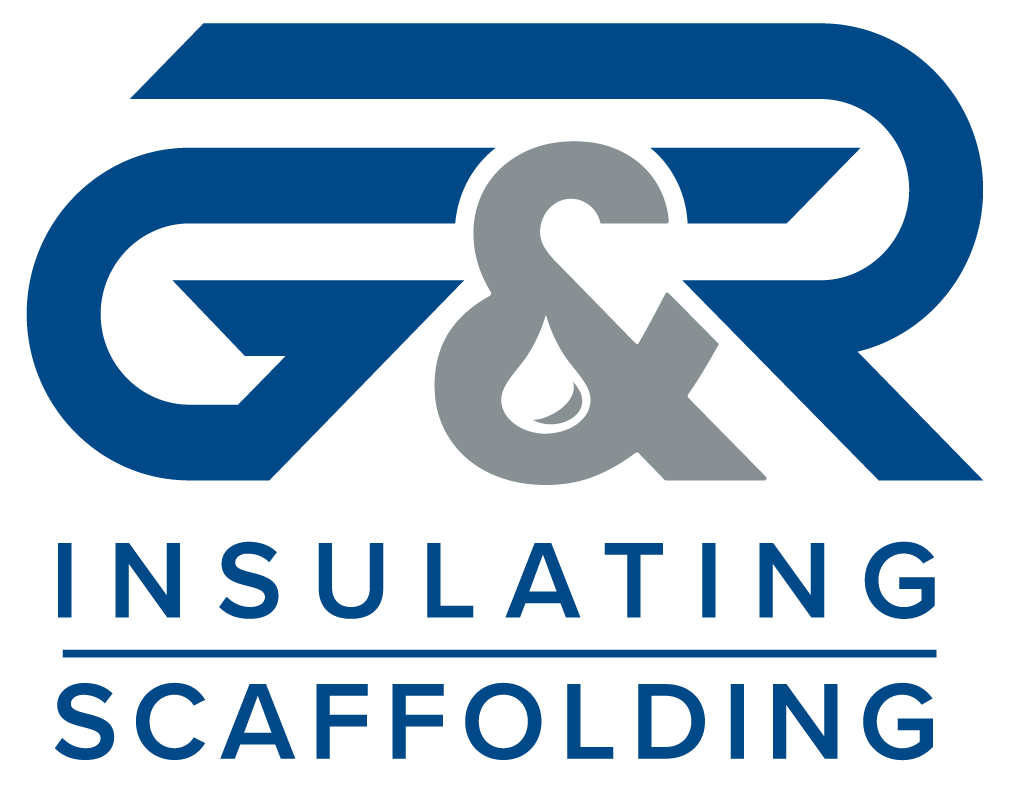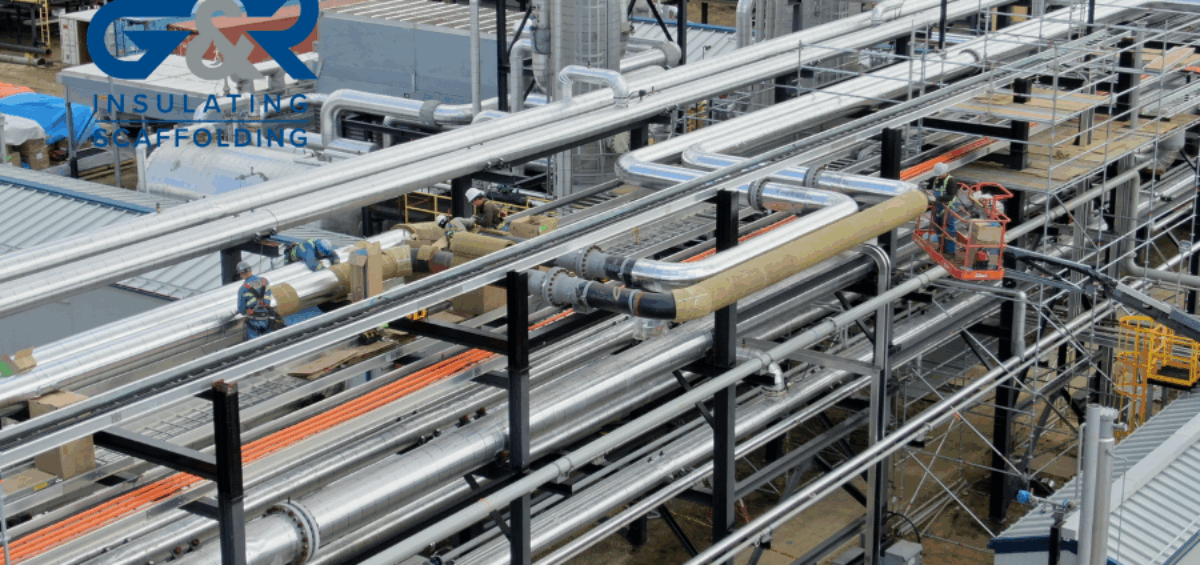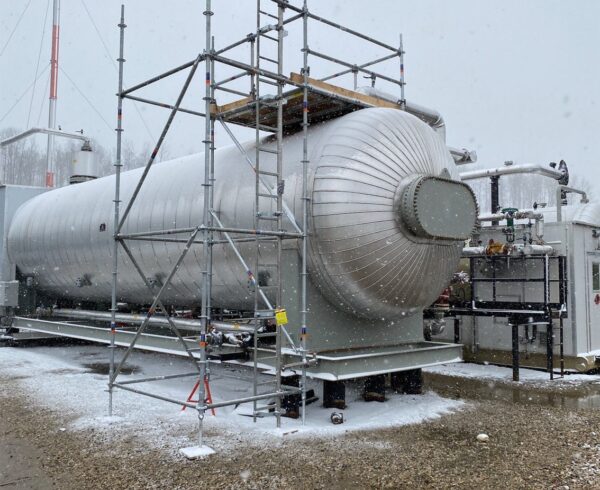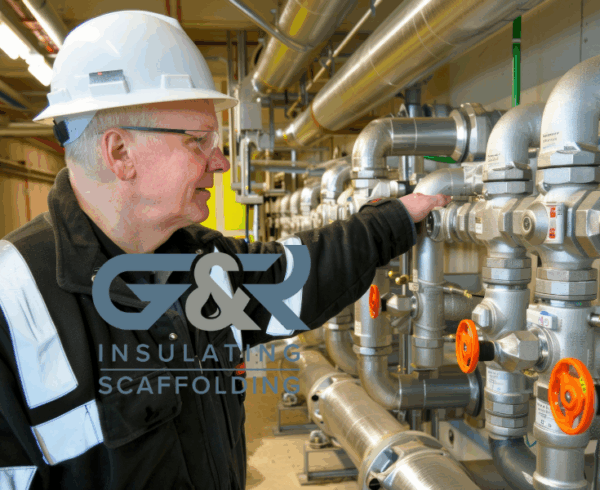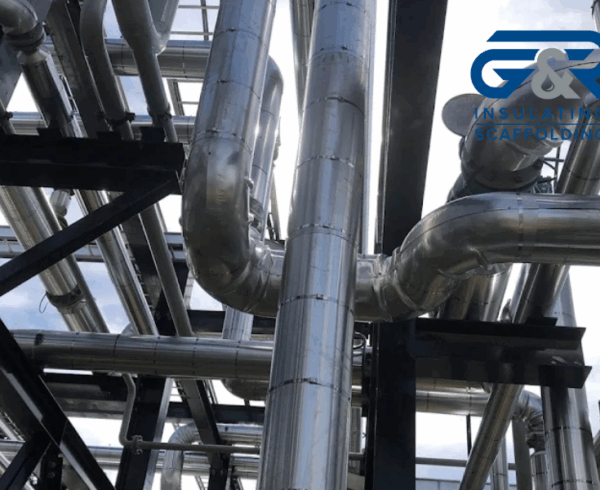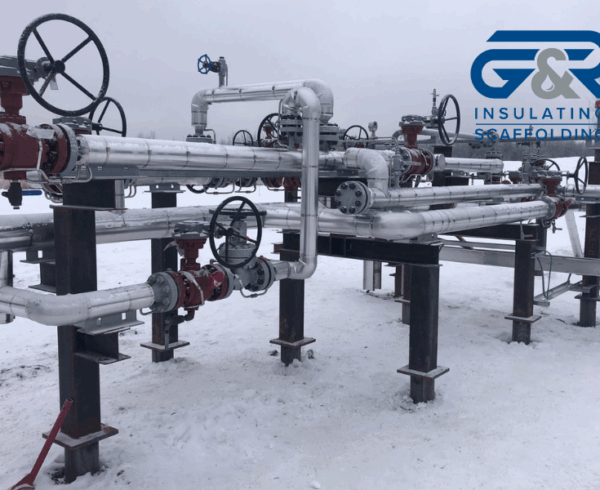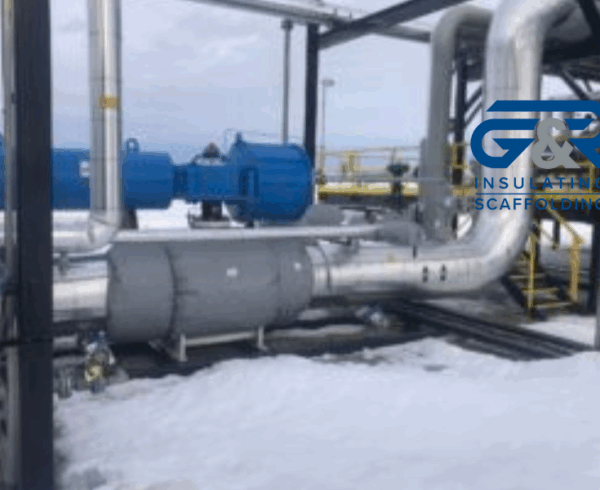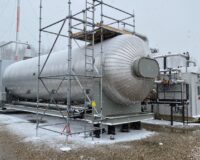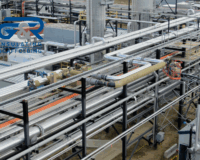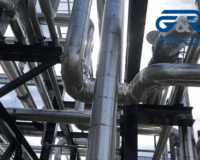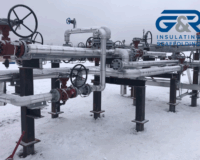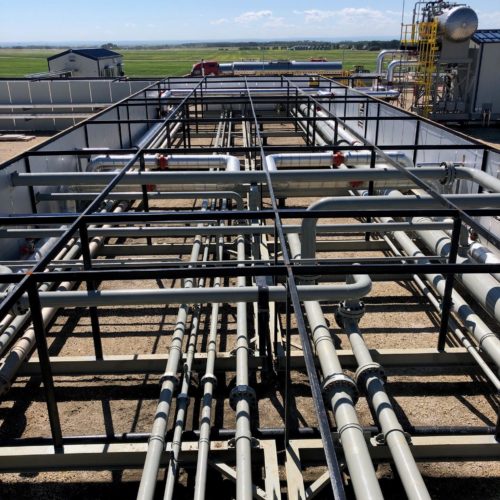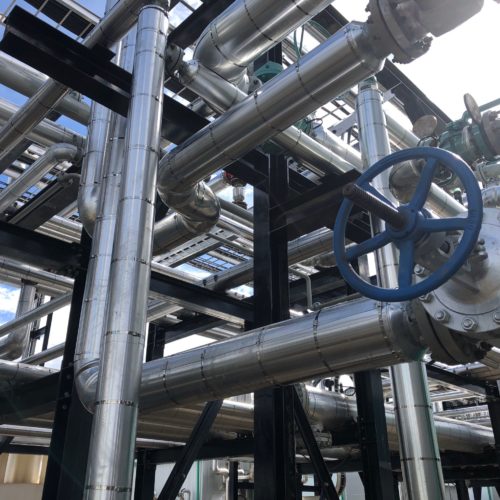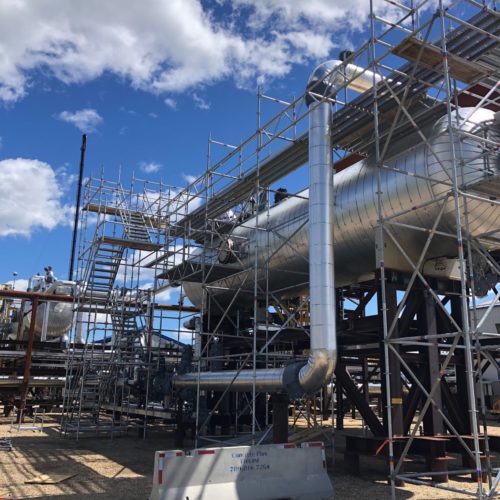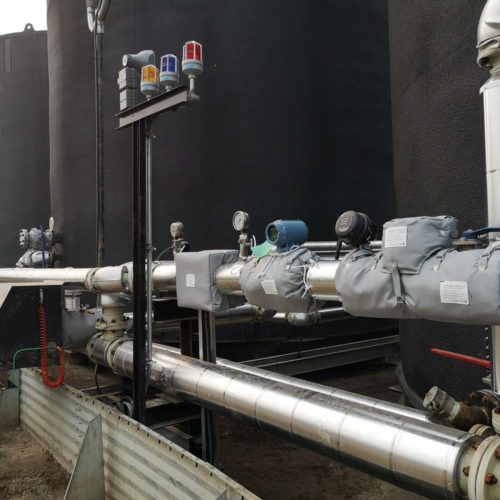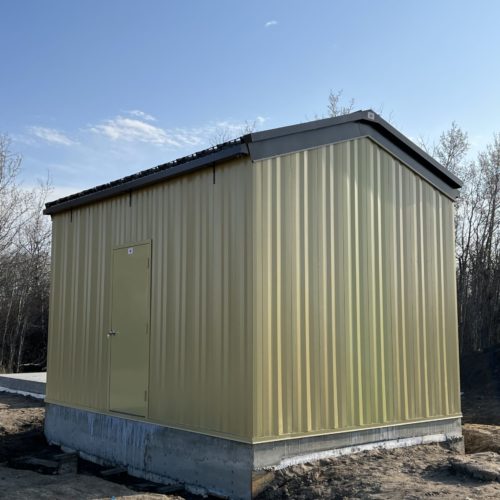Energy loss can make buildings and pipes expensive to run. Energy conservation insulation is an easy and effective way to save energy. It keeps heat where it belongs and lowers your energy bills. In this guide, we will show what energy-saving insulation is, why it matters, and how it helps homes and big buildings.
What is Energy Conservation Insulation?
Energy-saving insulation is material that keeps pipes, walls, and buildings hot or cold. It slows down the transfer of heat. This means warm areas stay warm, and cool areas stay cool.
Insulation comes in many forms:
- Foam boards
- Fiberglass
- Mineral wool
- Mechanical pipe insulation
Using the right type of insulation can save money, protect pipes, and improve comfort.
Benefits of Energy Conservation Insulation
Reduces Heat Loss
Insulation prevents heat from escaping through walls, roofs, and pipes. In cold weather, it keeps buildings warm. In hot weather, it keeps them cool. This means less energy is needed for heating or cooling.
Lowers Energy Costs
When heat stays in its place, your heating and cooling systems work less. This reduces electricity and fuel costs.
Example: Insulated pipes in big buildings keep hot water and steam from losing heat. Over time, this saves thousands of dollars in energy bills.
Protects Pipes and Equipment
Energy conservation insulation helps prevent pipes from freezing in winter. It also protects equipment from heat damage. By keeping temperatures stable, insulation extends the life of your pipes and machinery.
Environmentally Friendly
Less energy use means less pollution. By using insulation, you reduce your carbon footprint. Insulation is one of the simplest ways to help the environment while saving money.
Applications of Energy Conservation Insulation
Mechanical Pipe Insulation
Pipes carrying hot or cold liquids need insulation to reduce energy loss and prevent freezing. Mechanical pipe insulation is essential in industrial and commercial buildings.
Buildings and Structures
Walls, roofs, and floors benefit from insulation. Energy conservation insulation keeps the interior comfortable year-round. It also reduces the workload on heating and cooling systems.
Specialized Installations
In some factories, insulation keeps pipes, tanks, and tubes warm or cool. Insulated blankets are also common for temporary or hard-to-reach equipment.
About G&R Insulating and Scaffolding
G&R Insulating and Scaffolding was established in April 2000. They understand the importance of providing quality service and products. Their staff is well trained and capable of managing jobs safely and efficiently. Quality control is their top priority.
While we are not G&R, we refer our readers to them for trusted services. They help cover pipes, buildings, tanks, and tubes to keep them warm or cool. They also provide blankets and scaffolds for work.
Tips for Choosing the Right Insulation
Check the Material: Different insulation types suit different jobs. Foam boards, fiberglass, and mineral wool are common.
Consider Thickness: Thicker insulation is better at reducing heat loss.
Check the temperature: Some insulation is best for very hot or very cold pipes.
Look for Quality: Ensure the product meets industry standards for safety and efficiency.
Conclusion
Energy conservation insulation is a simple and effective way to save money, protect equipment, and reduce your environmental impact. Whether for homes, industrial buildings, or specialized equipment, the right insulation improves energy efficiency and comfort.
Remember, quality service is just as important as the product. G&R Insulating and Scaffolding has trained workers who safely help put insulation and scaffolds in the right places. Contact us today to learn more.
